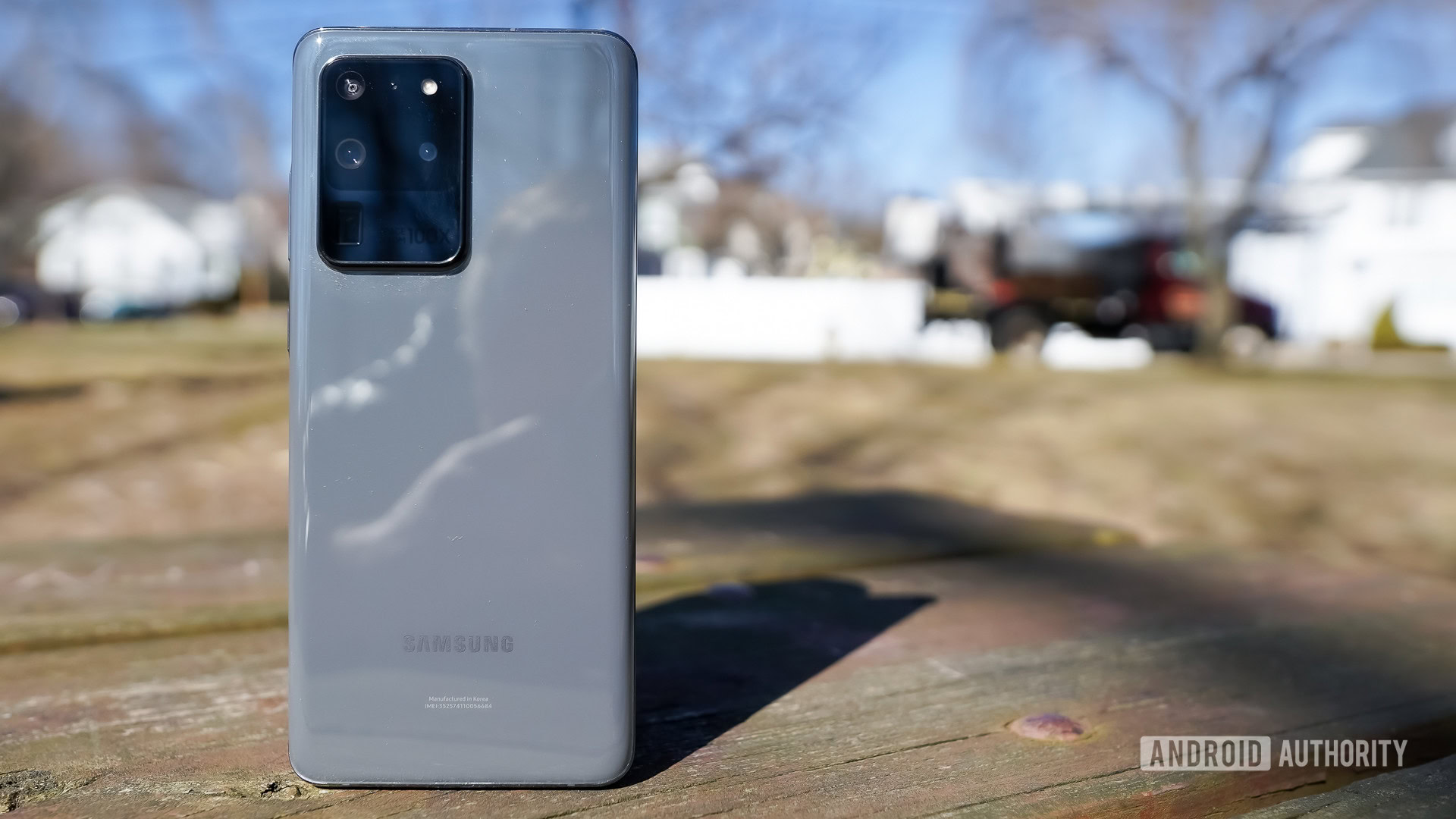Affiliate links on Android Authority may earn us a commission. Learn more.
Samsung Galaxy S20 Ultra one year later: Is it still worth buying?
Published onMarch 13, 2021

Progress always marches on. Samsung has shown this concept itself time and time again. Every year since 2010, Samsung has treated us to a new Galaxy S phone. In 2021, that killer device is the Samsung Galaxy S21 Ultra. You can find out how much we liked it in our full review.
The S21’s release had us thinking about last year’s flagship from Samsung, the Galaxy S20 Ultra. It was a polarizing phone that had its fair share of fans and foes. The S20 Ultra was, of course, Samsung’s top-of-the-line handset for the year with every feature stacked inside its over-sized frame. The big footprint matched the big price tag. We were wondering how the phone has held up over the last year, and whether or not it’s worth your hard-earned cash today.
Let’s find out by checking out the Samsung Galaxy S20 Ultra, one year later.
Samsung Galaxy S20 Ultra review recap
Haven’t thought about the Galaxy S20 Ultra in a while? Not to fear. Samsung’s Galaxy S series are annual affairs, and it’s easy to mix them up. The S20 Ultra first debuted in February 2020. You can read our original Samsung Galaxy S20 Ultra review, our six-month revisited review, or watch the video review above to refresh your memory.
Still a physical beast
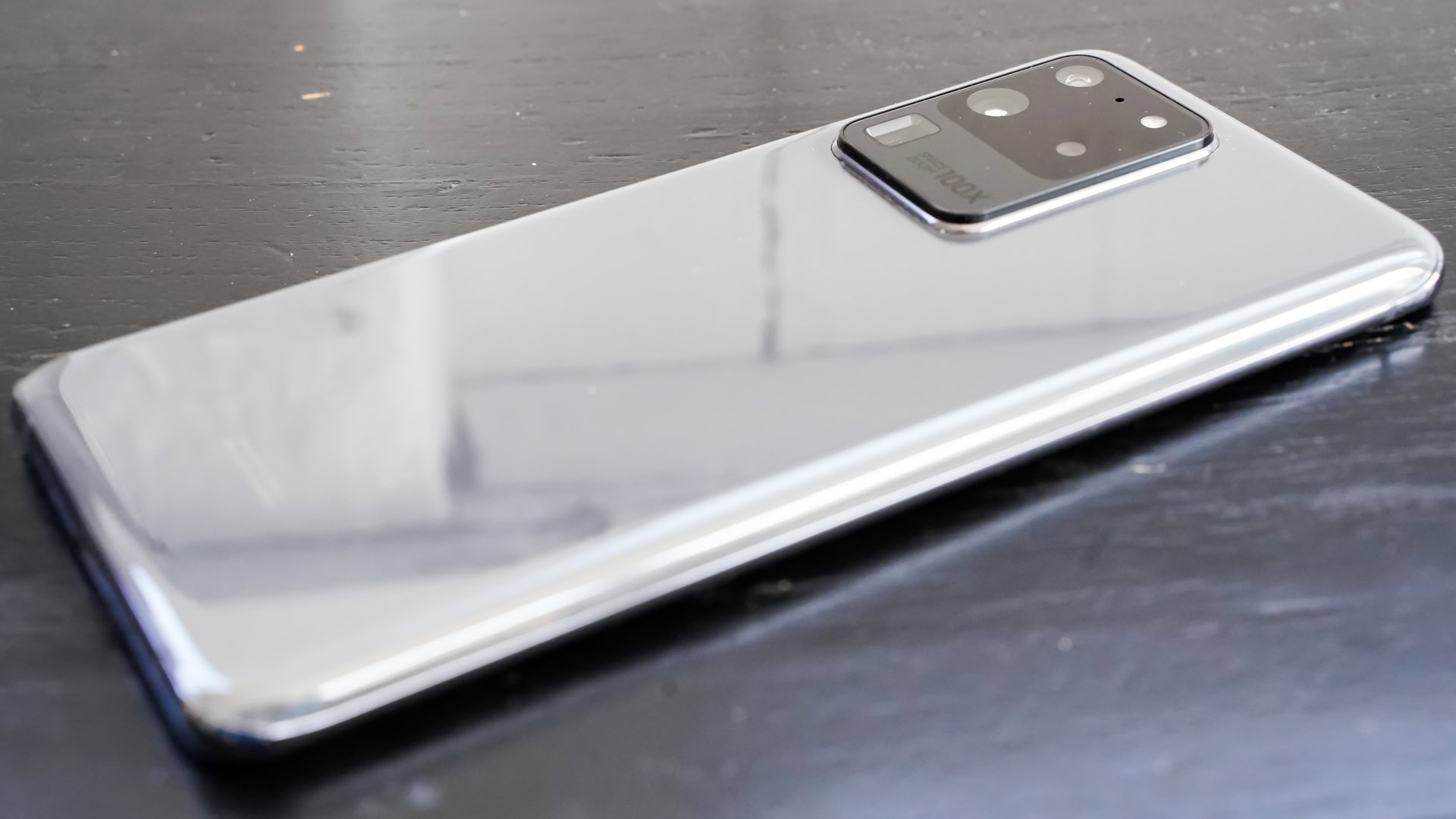
Nothing about the S20 Ultra is subtle. It’s an enormous device that commands your attention whenever you’re holding it. With a 6.9-inch screen, it’s among the biggest Samsung phones ever. Let’s not forget that it weighs a whopping 220g (half. a. frickin’. pound). The glass and metal materials hold up well in terms of fit and finish, but the gray colorway I tested is simple to a fault. I much prefer the look of the S10, Note 20, and S21 series devices.
Samsung phone buyer’s guide: Everything you need to know
The hardware gets a lot right. You’ve got your speedy USB-C, good-sounding stereo speakers, and solid buttons. The phone supports microSD memory cards—something the S21 family doesn’t—and an IP68 rating shields the chassis from damage from water and dust. There’s no headphone jack, but that’s water under the bridge at this point in the premium smartphone game.
The camera module is still ugly. The Note 20 and S21 phones have seriously enormous camera modules, too, but they enjoy more cohesive designs. I’m not the biggest fan of modern phones’ oversized camera equipment, despite the good reason for the large arrays (better cameras). Samsung could have done a slightly better job here.
If you're buying this phone, you'd better be buying it for the screen.
At nearly seven inches, the screen is a monster. This display remains an excellent panel for all your smartphone needs. It offers Quad HD+ resolution, 120Hz refresh rate, and HDR10+ for your video enjoyment. If you’re buying this phone, you’d better be buying it for the screen. There’s no doubt the display is the S20 Ultra’s defining feature.
Only a small hit to performance
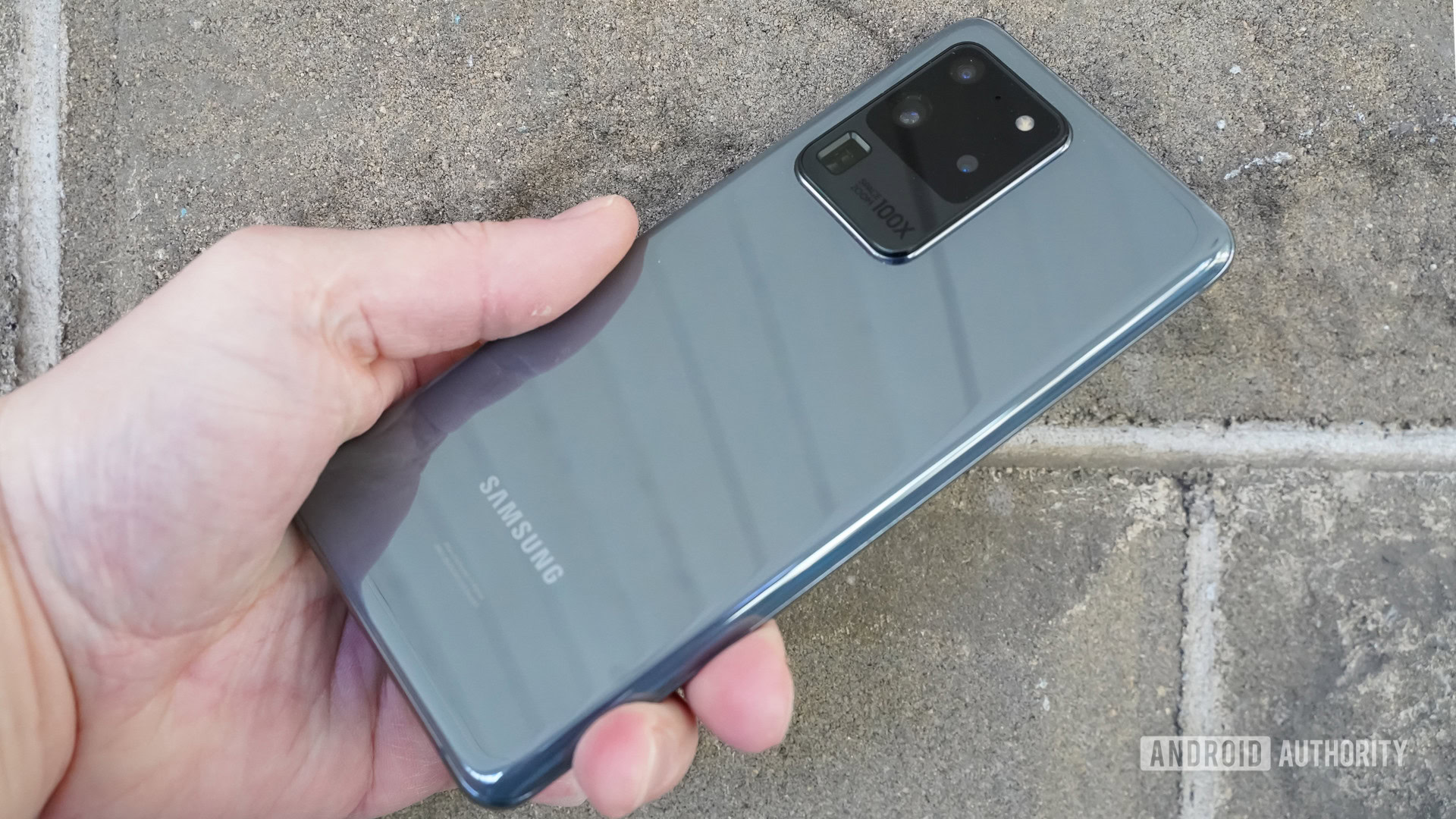
Samsung included the best specs available at the time of launch, and it’s no surprise to learn that the S20 Ultra holds up pretty well a year later.
Let’s talk speed. The phone was among the first to ship with the Qualcomm Snapdragon 865 processor (at least in the US), and it included a healthy allotment of 12GB RAM and 128GB storage. The Snapdragon 865 can’t compare to the newer Snapdragon 888, but as far as 865-based phones go, the S20 Ultra holds up well. I noticed no sluggishness or other problem indicators with the phone, despite its age. The games I downloaded ran really well, too.
I ran some benchmarks for the heck of it and the phone scored on par with other Snapdragon 865 phones, such as the OnePlus 8, and easily bested Exynos variants of the S20 series. The only phones that outscored it were running the Snapdragon 865 Plus or the Snapdragon 888. The S20 Ultra’s processor still kicks butt.
Expectedly, the battery life isn’t quite as good as it was at launch. The phone has a solid 5,000mAh battery under the hood, which is still competitive when pitted against 2021 flagships. With the out-of-the-box configuration (Full HD+, 60Hz), it sailed through a full day with no problem. In fact, it often pushed well into a second day without breaking a sweat. Upping the resolution and/or refresh rate will impact battery life. With these options selected, the phone lasts a full day, but just barely. The phone still charges up rapidly, whether plugged in or placed on a wireless charger. We saw slightly better figures when the phone was new.
One year from launch, and the Galaxy S20 Ultra is actually a better 5G phone than it was initially.
One year from launch and the Galaxy S20 Ultra is actually a better 5G phone than it was initially. That’s not the phone’s doing; rather, US wireless networks have expanded their support for sub-6GHz-flavored 5G. With a Verizon SIM card, the S20 Ultra found Big Red 5G signal and showed some speedy results — something it couldn’t do the first time around. This is welcome news if you have a newer plan on Verizon. Both AT&T and T-Mobile have also expanded their mid-band 5G networks, so it stands to reason the S20 Ultra will see improved 5G performance on those networks, as well.
The software story is better, too. The phone originally shipped with One UI 2.5. It was an acceptable bit of software to manage the phone, but Samsung made big strides throughout 2020 and into 2021 with its software. Now, the device is running One UI 3.1, and it’s a lot cleaner and more reliable. The phone’s inability to set my Google feed as the far left home screen still bothers me, however.
Camera is outpaced by newer phones

Everything up to this point might suggest that the 2020 Galaxy S20 Ultra could hold its own with the latest hardware. It can, mostly, but it falls short for the camera — and that doesn’t surprise me.
Samsung stumbled badly out of the gate with the S20 Ultra’s camera software. The 108MP sensor had trouble focusing and often delivered grainy/soft results. Things got slightly better with subsequent updates, but the phone always remained short of greatness in terms of the camera setup. That’s still the case today, many system updates later. It’s a good camera phone, but not a great one. The biggest issue is that it’s still notoriously slow to focus, and focus is a touch soft. This isn’t the end of the world, but it’s a bummer nonetheless.
Apple, Google, and Samsung itself have all bested the S20 Ultra with recent devices. For example, Apple’s iPhone 12 Pro Max includes an excellent camera, as does Google’s Pixel 5, and Samsung’s own Note 20 Ultra and S21 Ultra. These phones all deliver better camera results, though each does so in its own way. What’s most important here is that Samsung was able to correct the errors of the S20 Ultra on the Note 20 Ultra and S21 Ultra. That’s encouraging.
The S21 Ultra is simply better in every way
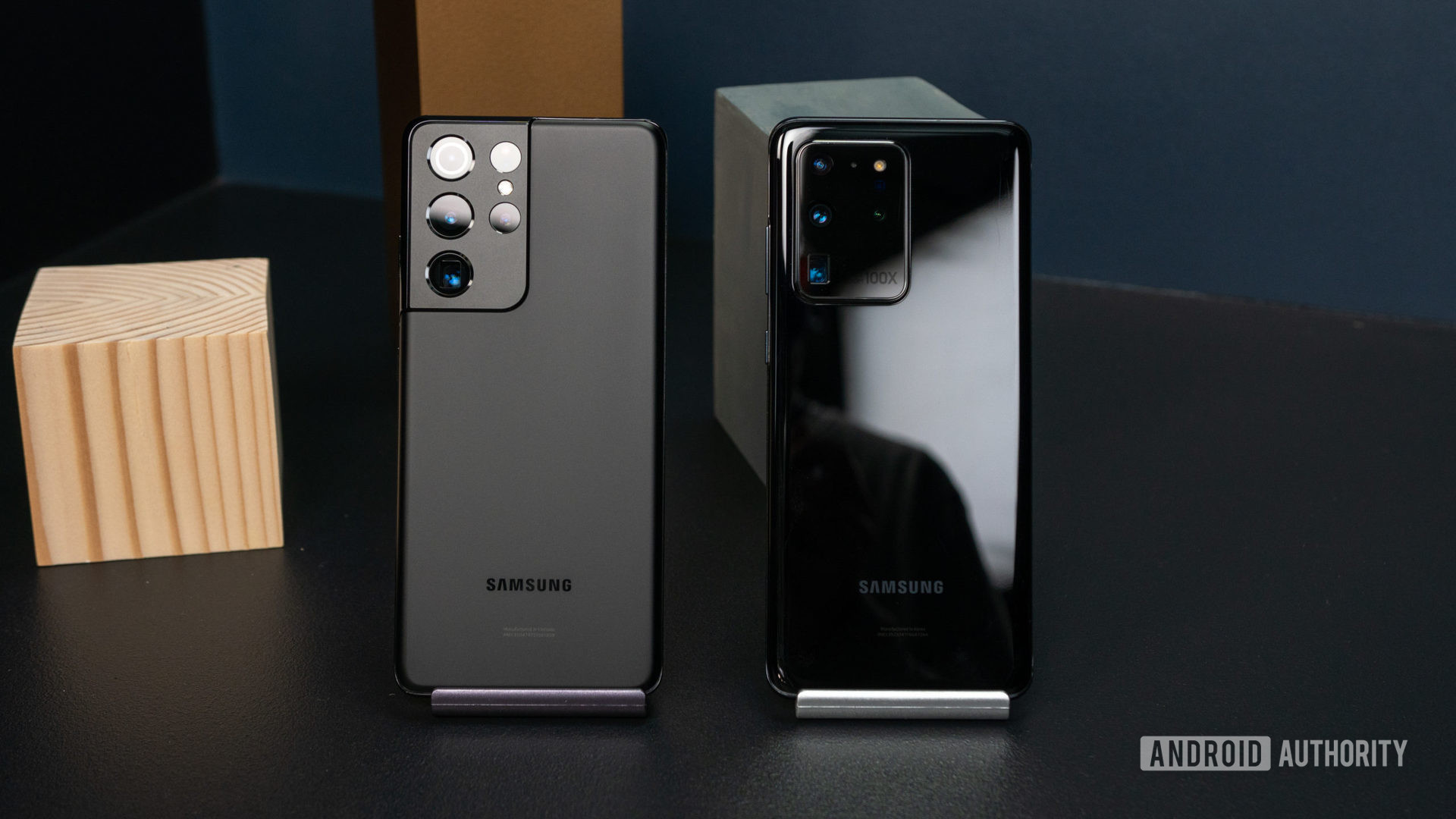
Let’s not beat around the bush. Samsung bested itself with the Galaxy S21 series. The fresh 2021 device is a more cohesive offering across the board. The design is simply superior. While the camera module is still huge, at least it’s included in the design in a more seamless and integrated way. It’s a subtle upgrade, but a welcome one. The matte colorways of the S21 are also cleaner and more sophisticated looking than the glossy S20 Ultra. The screen’s improvements are also quite apparent.
Samsung Galaxy S20 Ultra one year later: Is it still worth buying?
The latest chip from Qualcomm is better than the older one, but the Snapdragon 888 delivers other benefits beyond raw speed, such as tweaked power management, improved gaming, and better image processing. That means the S21 has great battery life, is a graphics powerhouse, and snaps better pix on a whole.
Then there’s the price. Samsung priced the S21 Ultra at $1,199, which is $200 under the costly $1,399 S20 Ultra.
Samsung Galaxy S20 Ultra long-term review: The verdict
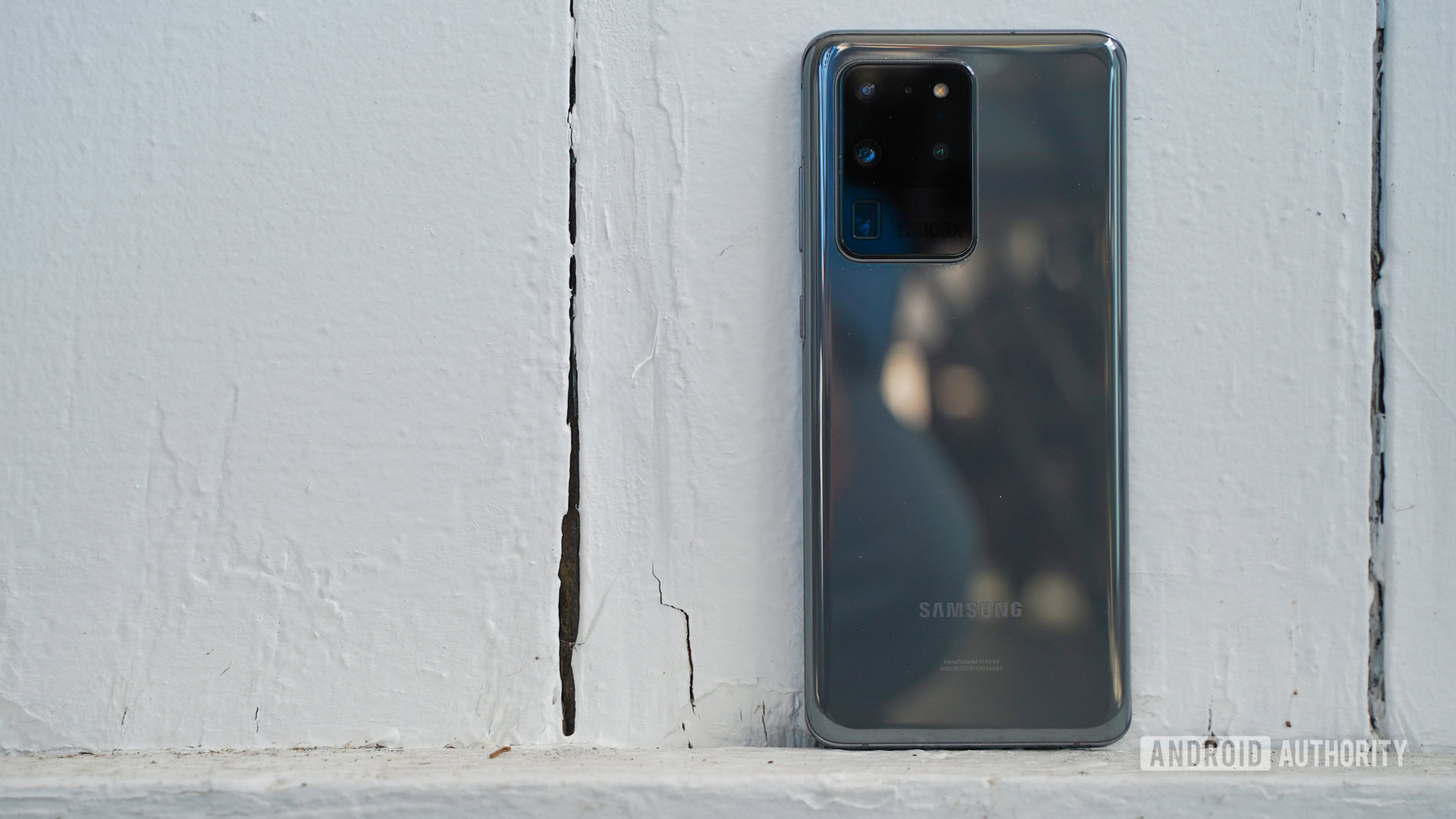
The Samsung Galaxy S20 Ultra stirred up the pot a bit when it was released. Others shared our opinion that the phone was a monstrosity, that the camera was problematic, and that the asking price was just too high. None of these things has really changed.
Samsung designed an over-the-top piece of hardware that many found to be too big. That gripe aside, the phone delivered across a lot of basics — and it still does. Performance is excellent, battery life is still good, and the 5G and software stories have only gotten better. The camera is good, but doesn’t compare to the latest class of flagships.
There's no mystery here. Don't buy the S20 Ultra. Get the S21 Ultra instead.
Pricing is the real deal-breaker here. Samsung is still selling the phone at full price through its own website, carriers, and other retailers. When not included in a sale, it’s not discounted at all; Samsung is still looking for the full $1,399. That’s just not going to happen. With year-old hardware, this phone should be permanently discounted by hundreds of dollars. The Galaxy S21 Ultra is, however, $200 cheaper. Why spend $1,399 on a year-old phone when you can get the latest and much better model for $200 less?
There’s no mystery here. Don’t buy the S20 Ultra. Get the S21 Ultra instead.
